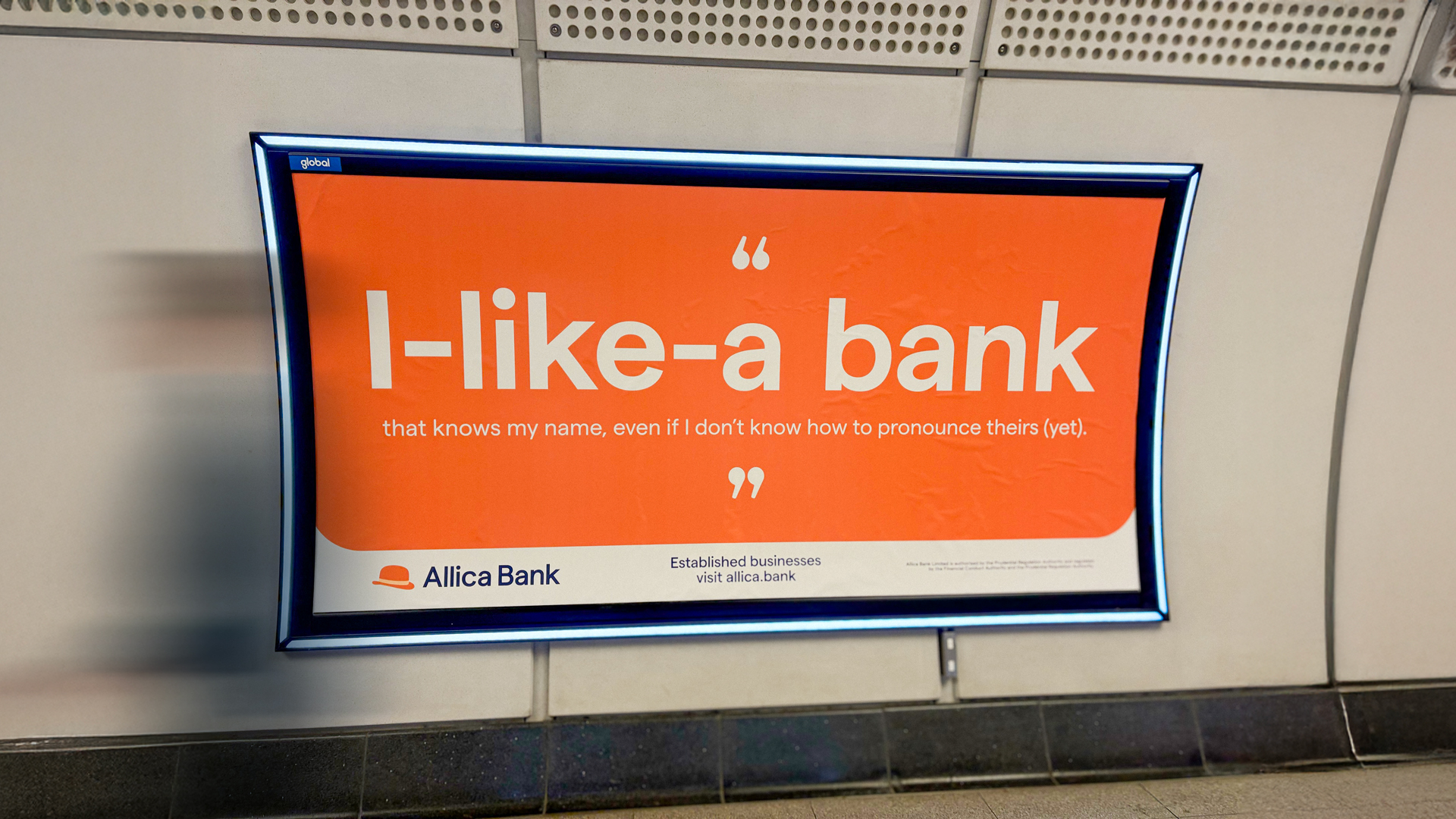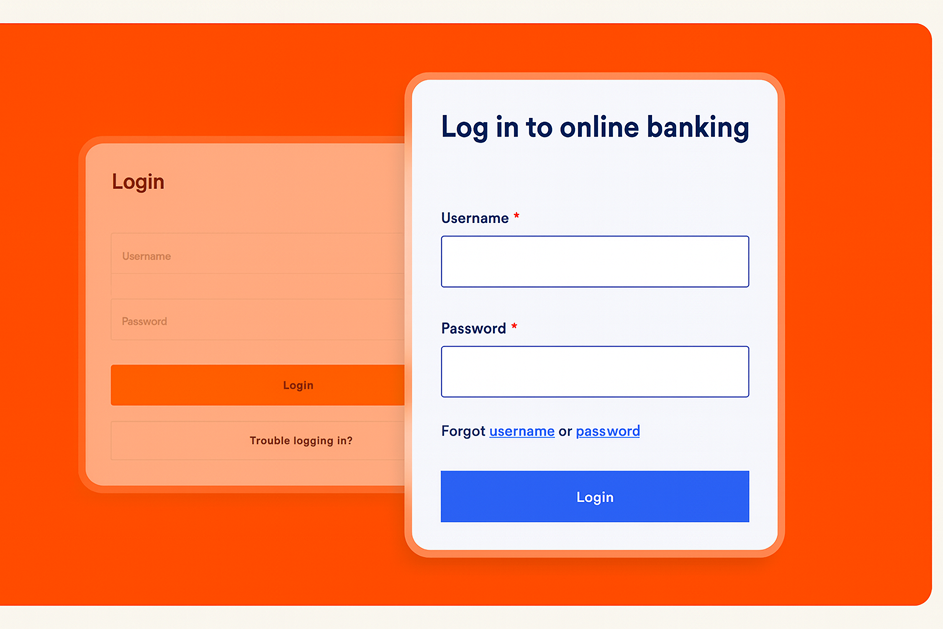Sorting your business banking is one of the key pieces of admin to complete before you really get your business up and running.
You might not have done it before or it might have been a long time since you last set up a business bank account. Either way, it’s a process that nobody really teaches you.
That’s why so many people end up using their personal bank for their business banking – even if there are better options out there. And there almost certainly are better options. In an increasingly competitive market, business banking can add a lot of value to new and established businesses alike.
Don’t let uncertainty around the process put you off choosing the most valuable bank for your situation. We’ve explained all the details below.
What is a business bank account and why do you need one?
Out of everything that goes into running a business, having a dedicated bank account is one of the essentials.
The reason a limited company will need a business bank account is fairly straightforward: it’s a legal requirement for them to do so.
Sole traders don’t have the same legal obligation, but it’s considered best practice for the sake of financial management. After all, there are many better (and less annoying) ways to spend your time than separating business payments from personal.
The super simple explanation
A business bank account is like a personal current account, but exclusively for your business.
They work in mostly the same ways, with a few specific features designed to make your business finances easier to manage.
The more detailed explanation
Business current accounts operate in largely the same way as retail current accounts.
Money can be transferred in and out of it - for example, a payment from a customer, or to pay staff. You can set up direct debits, order and use debit cards, and apply for overdraft facilities.
Depending on which provider you go for, business accounts differ from personal current accounts in a few ways:
-
You can have multiple (2+) signatories
-
You can make bulk payments (e.g. payroll or other payment runs)
-
Many integrate with accounting software, like Xero or Sage, for easier bookkeeping
-
They have different costs (usually outlined in a document called ‘fee tariffs’ or ‘rates and charges’)
-
They can come with a dedicated relationship manager or other business-specific perks
How to open a business bank account step-by-step
There isn’t a universal process for opening business bank accounts, so you might find your experience differs slightly from the steps we’ve listed below. Equally, there isn’t huge room for difference. Most banks will have fairly similar processes.
To give you as much insight as possible, we’ll lay out an end-to-end overview of the application process. After that, we’ll share the specifics of our process at Allica Bank for the clearest possible example.
1) Choose your bank
Probably the most important step in the process – actually deciding which account to open!
This is your choice; every bank offers something different. You might want low-cost international transfers or a high interest rate savings account. There’s a good amount of choice in the market at the moment, so it pays to do your research.
Check our guide to the best business bank accounts available in 2025, if you want to start researching.
2) Start your application, share key information
Once you’ve found your bank, you’ll start their application process. This might be an online form, over the phone or in-person.
Different banks want different information, but all of them will require at an absolute minimum:
-
Your business name
-
The type of entity your business is
-
Your business’ directors, shareholders and ultimate beneficial owners
3) Bank completes initial checks
It’s then over to the bank to identify and verify your business.
They’ll do this by carrying out searches with Companies House, as well as requesting proof of identity and proof of UK address for the directors and controlling shareholders.
Commonly-accepted ID documents include:
-
Copy of a passport
-
Copy of a driving licence
And for proof of address:
-
Council tax bill
-
Utility bill
-
Mortgage statement
4) Further checks
Know Your Customer (KYC) checks are a regulatory requirement for banks and other financial institutions. This is an anti-money laundering measure that confirms that you are who you say you are, that you’re eligible to open the account and whether you’re considered a risk.
The ID checks in step three will have confirmed you’re a real person. However, many banks will want to confirm that you are the same person as the ID documents show. This is often done using biometric technology. You might be asked to take a photo of yourself to compare against your ID, for example.
If any of the persons with significant control in your business have records of financial crime, come from sanctioned areas or other adjudged high-risk locations, you’ll be asked to share more information with the bank.
5) Understanding your business
Once you’ve cleared the KYC checks, which should be a formality for any legitimate UK business, the bank will move on to understanding your specific situation.
They’ll want to understand:
-
The nature of your business
-
How you intend to use the account
-
How you’ll continue to fund the account
-
Where the initial deposit in the account will originate from
These questions are to help the bank tailor the product to you, as well as completing some final anti-money laundering checks.
6) Setting permissions
Finally, the bank will need to know who in your business needs access to the bank account and what types of rights they will need.
For example, you might want two-person payment authorisation or to restrict some users to read-only access. In large businesses, there could be a dozen staff with legitimate cause to access the account. Setting their permissions correctly is an important step for compliance and security.
7) Issuance of credentials
After all of those checks and steps in the due diligence process, your new bank will then issue you with your online banking login credentials.
From here, you’ll be able to activate, set up, fund, and start operating the account.
According to Gareth Anderson, Allica Bank’s Head of Business Management: “whilst it depends on the complexity of the business and its ownership structure, typically – from start to finish – a bank will look to have the account opened within a few days.”
The Allica Bank account application process
Now, to give you a more concrete example, let’s look at the process we have at Allica Bank.
1) Complete interest form
The very first step, once you know you want to open one of our Business Rewards Accounts, is to complete our short initial application form.
Eight quick questions that tell us about you, your business and your financial position. That’s all we need at this initial stage.
2) Talk to Customer Success
You’ll get a call back from our Customer Success team. We will aim to do this as quickly as possible, but it should always be within one working day.
This call is your opportunity to tell us more about what you need from your bank, as well as ask more questions about Allica.
3) Complete your application
If we’re all happy to proceed, you can begin the full application process. This step of the process is over the phone, as we’ve found it’s the quickest and most accurate way to get the information we need and your account up and running.
4) Know Your Customer (KYC) checks
Once we’ve got all the information we need about you and your business, we’ll begin the official KYC process.
This will require a few more pieces of information and/or ID from you, as explained in the earlier section of this article. Nothing extraordinary goes on here, but it’s a critical part of our anti-fraud and -money laundering compliance.
5) Opening the account
Provided you pass the KYC checks, the next step is to officially open your account! This will involve a few things:
-
Letting you know your new account number and sort code
-
Sending you your shiny new Allica Bank debit card(s)
-
Setting up your online banking username and password
-
Adding extra layers of security to your account, such as biometrics and two-factor authentication
6) Log in
You can then access your account for the first time. We recommend you download our app for use on-the-go, as well as getting to know our online banking dashboard on your web browser.
Once you’re up to speed with how your new bank account looks and operates, there’s only one thing left to do.
7) Add money and start using your account
Transfer in money to your new account, set up regular payments, supplier details and other housekeeping tasks. You could even open an instant-access Savings Pot in just a few clicks.
From there, you are the proud owner of a Business Rewards Account and the world is your oyster.
A few things worth noting
If you’re joining Allica via the Current Account Switch Service, you’ll have a different process. We explain the switching process in a dedicated article about how to switch your business bank account.
You can open a new business bank account alongside an existing one. You’re not restricted to one. We’ve written another article explaining how many business bank accounts you can open, if you want to know more.
It’s all fairly straightforward. Compared to the generalised process we shared earlier, you might notice a few minor differences. This is just a matter of preference and finding the best approach for our bank.
The key benefits of using Allica for your business banking
We’ve told you everything you need to know about opening a Business Rewards Account with Allica Bank, but we haven’t actually told you why it’s a good idea.
We’re the bank built especially to give Britain’s established SMEs the no-nonsense banking they deserve. That means a current account with no monthly fees, a relationship manager whose name and number they actually know, and technology that makes life easier, not harder.
It's business banking how it used to be, just better.
The benefits and features you can get with an Allica Bank business account include:
-
No monthly account fee
-
Integrations with Sage and Xero accounting software
-
Fee-free BACS, Faster Payments, and bulk payments
-
Exclusive instant access Savings Pot, offering 4.08% AER (variable)
-
1% cashback on all eligible card spend
-
A dedicated relationship manager to help your business grow
You can apply for a Business Rewards Account right now, if you like the sound of Allica.
It’s easy once you know how
That’s all you need to know about opening your business bank account. No wild surprises, were there? The process isn’t so different from opening a personal bank account, just with some red tape that relates to companies.
Ideally, you’ll now be ready to find a business bank that gives you everything you need. A bank that gives you the service, features and products to take your business forward.
If that bank isn’t ours, we wish you the best of luck and hope you’ll have many years of success.
If that bank is Allica, then we’re looking forward to being by your side for those years of success.
Apply for a Business Rewards Account
Links were live and information was correct at the time of writing the article.





